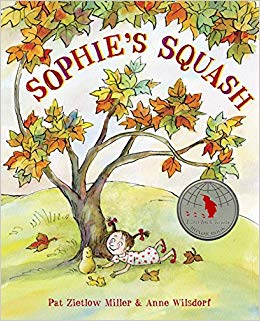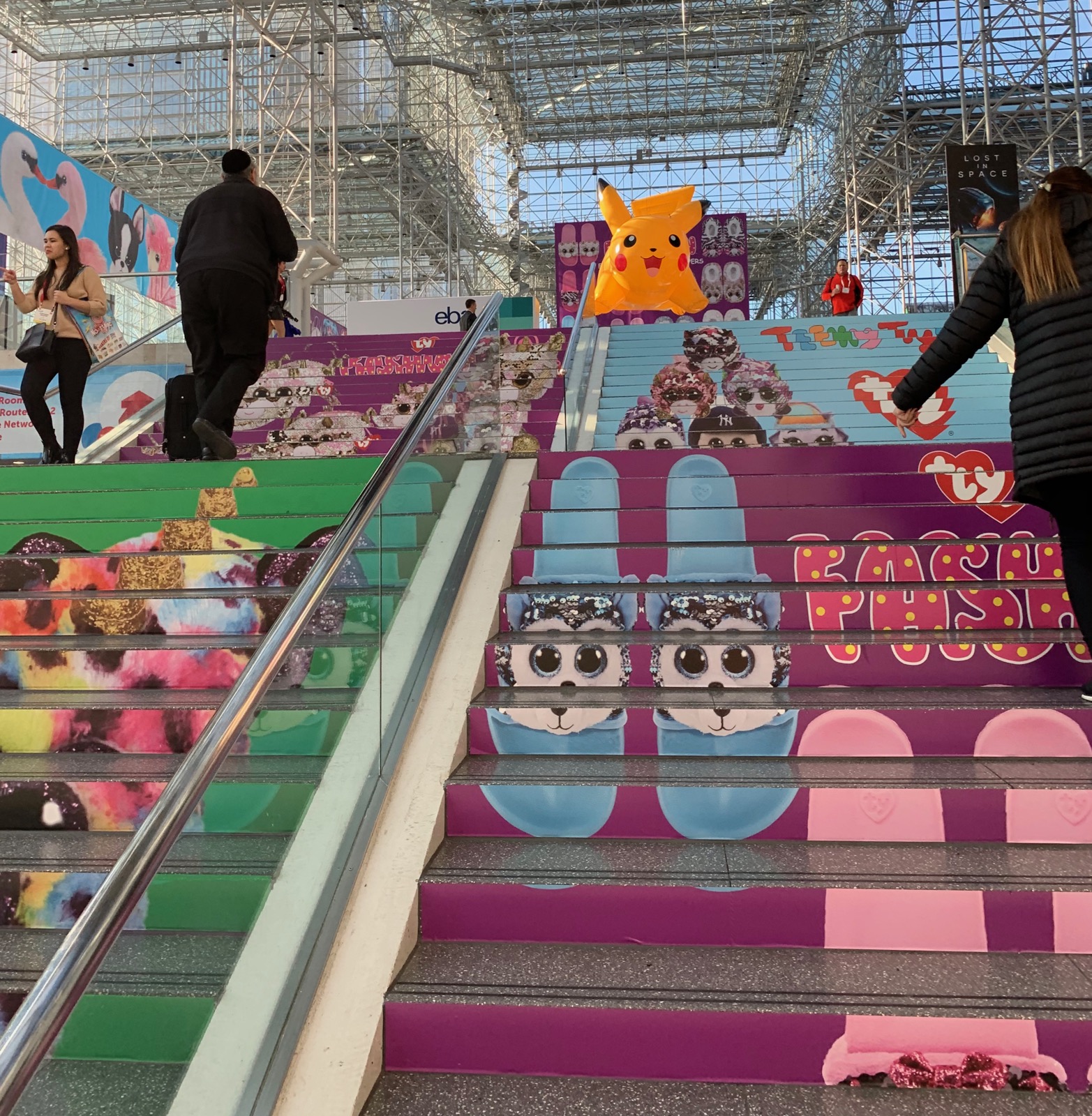Most YA taglines are not so bad. Unfortunately so, since The Scarlet Pimpernell is right in observing that “there is nothing quite so bad as something which is not so bad.” Great books deserve great taglines and when they don’t have them it is a miss. Take the tagline for Sally Green’s The Smoke Thieves.
“Revenge. Romance.
Power. Money. Magic.
Which one are you fighting for?”
Personally it is none of the above. I’m fighting for a catchier tagline. There is a lot to be said, after all, for a memorable one. An example of a truly great one is Grave Mercy‘s “Why be a sheep when you can be the wolf?” I also commend Cinder‘s “Even in the future, the story begins with Once Upon a Time…” and The Beginning of Everything‘s great tagline, “Everyone Gets a Tragedy.” I love that. It’s both true and totally apropos to the book.
Continue reading


 reversals. The lion regurgitates its prize or a woodcutter cuts a grandmother from the wolf’s belly, letting readers glimpse the darkness at the heart of the forest, yet escape knowing that all is not hopeless in the end. While being gobbled up isn’t precisely the biggest danger facing most kids these days, it represents something primal about living in a world that can chew you up and spit you out if you forget to pay attention.
reversals. The lion regurgitates its prize or a woodcutter cuts a grandmother from the wolf’s belly, letting readers glimpse the darkness at the heart of the forest, yet escape knowing that all is not hopeless in the end. While being gobbled up isn’t precisely the biggest danger facing most kids these days, it represents something primal about living in a world that can chew you up and spit you out if you forget to pay attention.



